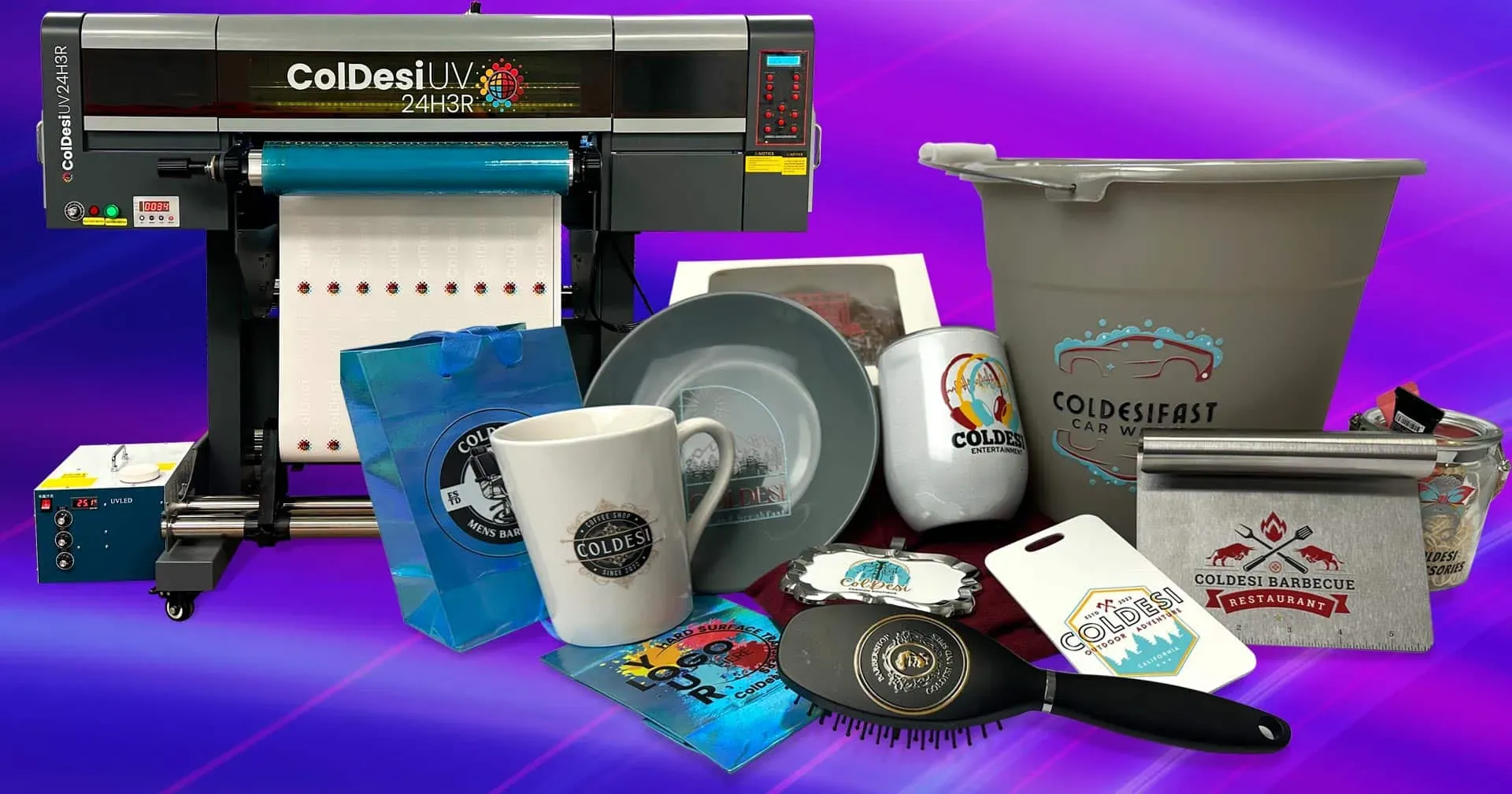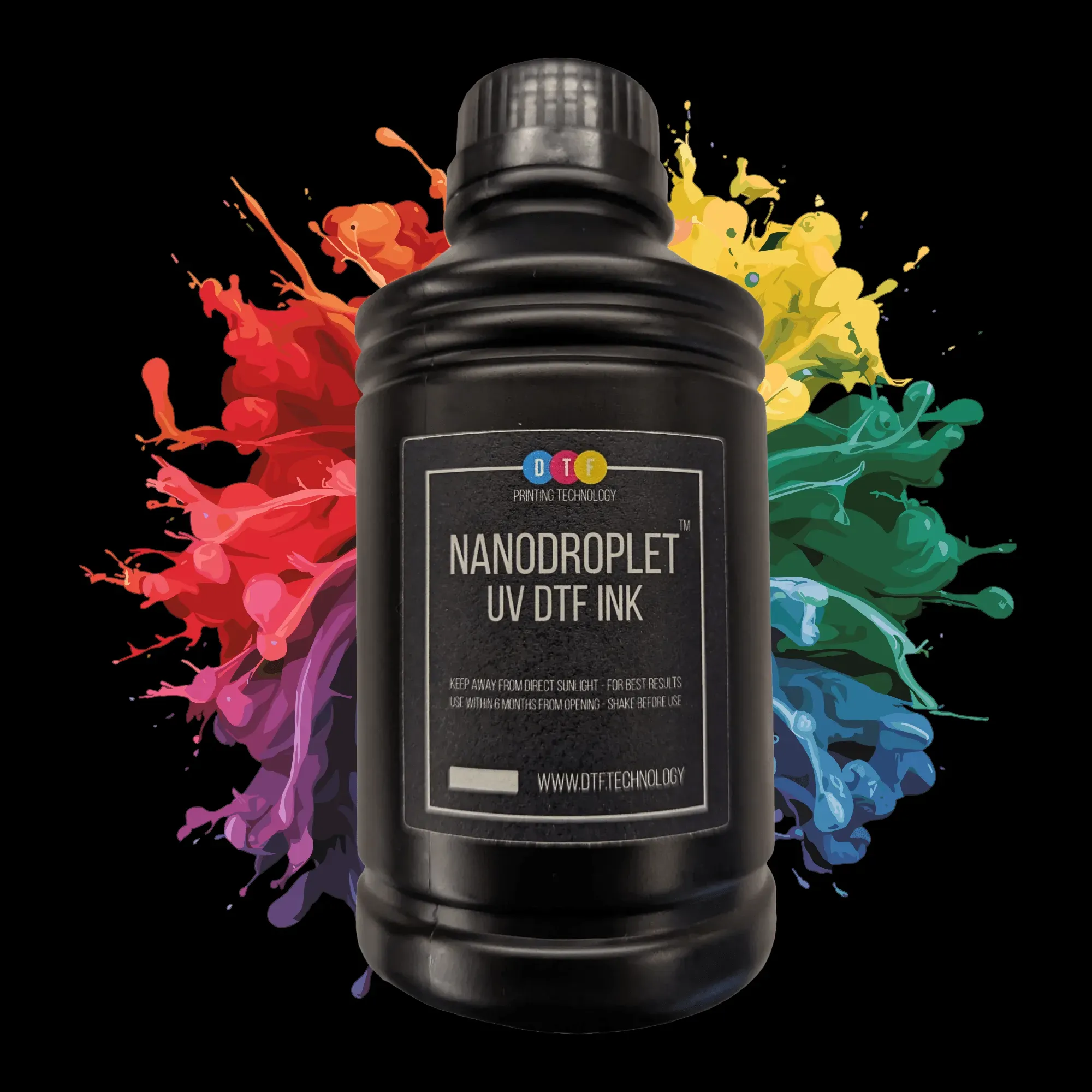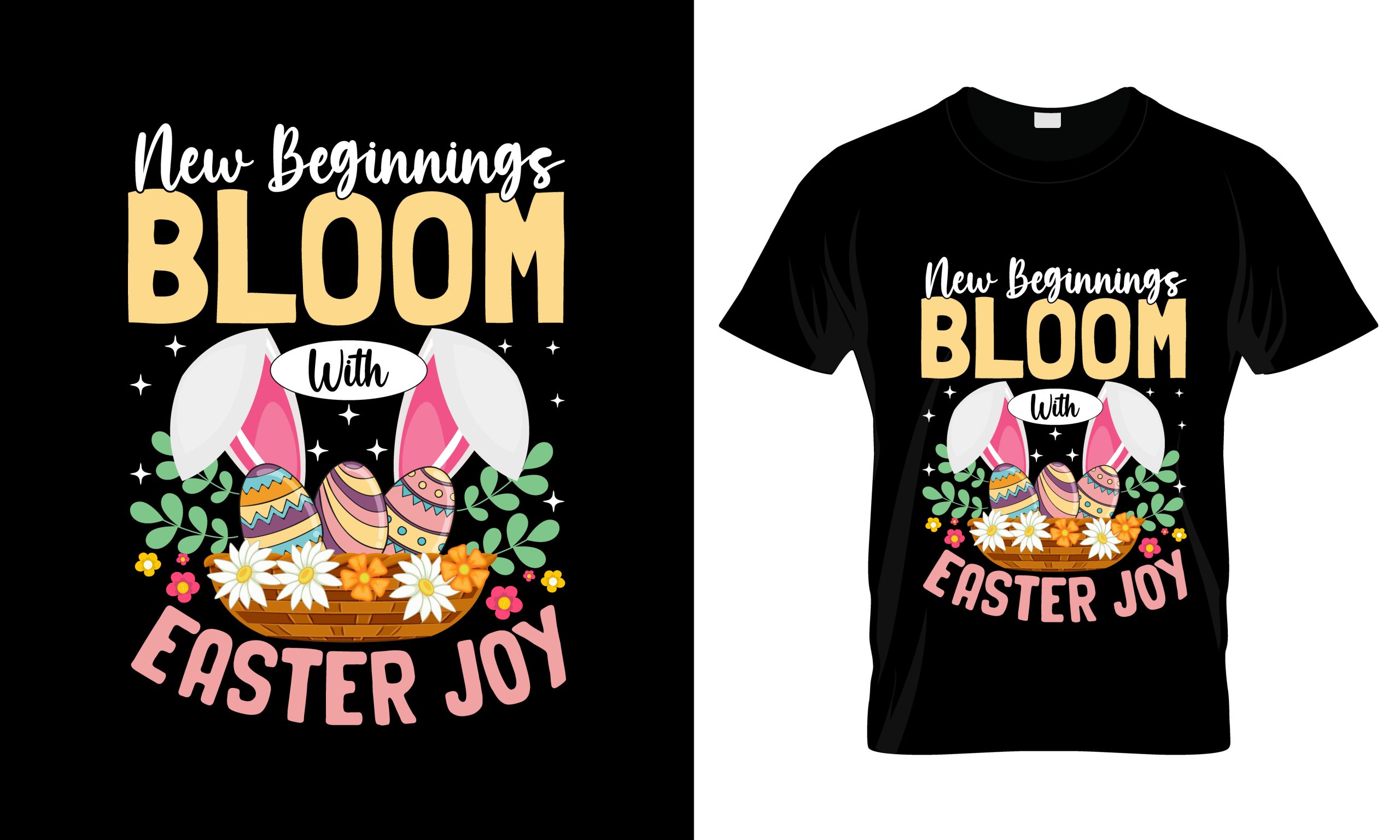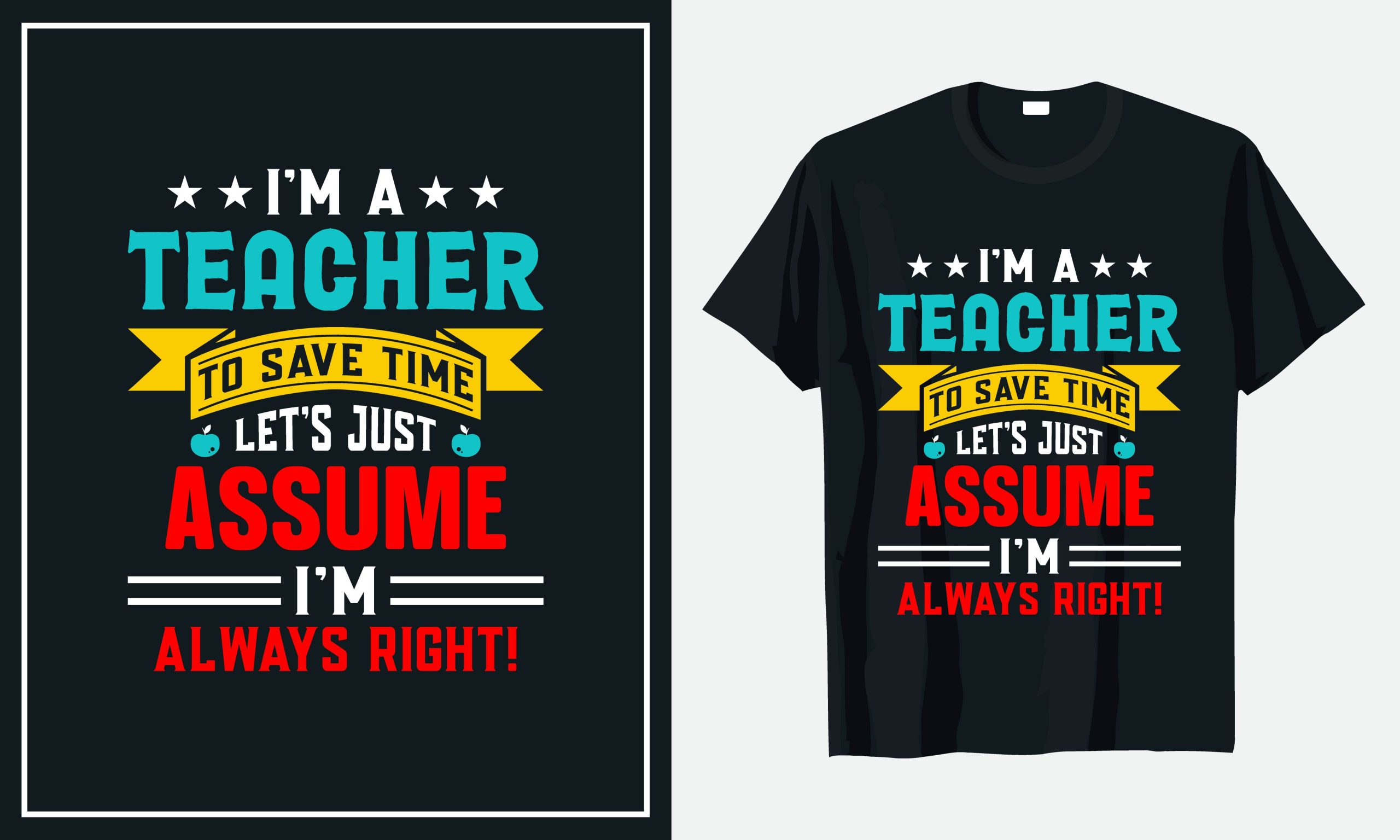UV DTF Printing: The Future of Custom Printing Solutions
UV DTF printing is rapidly becoming a fundamental game-changer in the realm of custom printing solutions. By integrating the best aspects of ultraviolet (UV) printing technology with the practical advantages of Direct-to-Film (DTF) printing, it provides businesses with remarkable quality and versatility. The benefits of UV DTF are numerous, including vibrant color output and the ability to print seamlessly on various materials. This eco-friendly printing method not only meets the demands of modern consumers but also minimizes environmental impact, making it an attractive choice for businesses looking to enhance their sustainability. As the industry evolves, UV DTF printing stands out as a key player driving innovation in custom printing.
In the ever-evolving landscape of digital print technologies, the emergence of Direct-to-Film (DTF) methods combined with ultraviolet (UV) curing is revolutionizing custom print production. This innovative approach allows for unparalleled flexibility, being able to render high-quality prints on a myriad of surfaces, from fabrics to rigid substrates. The compelling benefits of this printing technique make it a favorite among businesses aiming to capitalize on unique design opportunities while maintaining eco-friendly practices. With growing consumer preference for personalized products, this advanced printing system not only streamlines production but also aligns with sustainability goals. Thus, DTF using UV technology is poised to redefine standards in the custom printing industry.
Understanding UV DTF Printing Technology
UV Direct-to-Film (DTF) printing represents a groundbreaking approach in the field of custom printing solutions. This technique leverages UV light to cure the ink almost instantaneously upon application, allowing businesses to achieve vibrant prints with remarkable detail. As a result, UV DTF printing stands out for its ability to deliver high-quality images across a variety of materials, ranging from textiles to plastics and metals. This versatility is increasingly important as companies seek printing solutions that can adapt to unique product requirements without sacrificing quality.
Furthermore, the integration of UV printing technology into DTF processes enhances the overall efficiency and reliability of print production. Unlike traditional methods that may require lengthy drying times, UV DTF instantly cures inks, which significantly reduces turnaround times and boosts productivity. For businesses that rely on fast-paced market demands, this capability allows them to fulfill orders quickly while maintaining a competitive edge in the industry.
Frequently Asked Questions
What are the key benefits of UV DTF printing?
UV DTF printing offers numerous benefits, including high-quality output with vibrant colors, versatility to print on various substrates, eco-friendly options with lower VOCs, and efficient production speed due to immediate curing. These advantages make UV DTF a leading choice for custom printing solutions.
How does UV DTF printing compare to traditional printing methods?
Unlike traditional printing methods that require longer drying times and are often limited to specific materials, UV DTF printing utilizes UV light for instant curing, enabling faster production and versatility across diverse substrates, including textiles and plastics. This positions UV DTF as a superior option for modern custom printing needs.
Is UV DTF printing eco-friendly?
Yes, UV DTF printing is considered an eco-friendly printing solution. The UV inks used in this process typically contain fewer volatile organic compounds (VOCs) compared to traditional solvent-based inks, resulting in a safer environmental impact and aligning with sustainability practices.
What industries can benefit from UV DTF printing?
Various industries, including fashion, promotional products, packaging, and signage, can greatly benefit from UV DTF printing. Its versatility allows for custom designs on a wide range of materials, providing businesses with endless possibilities for unique and high-quality products.
What types of substrates can be used with UV DTF printing?
UV DTF printing can be applied to an extensive range of substrates, such as textiles, metals, plastics, glass, and more. This versatility makes it an ideal choice for businesses looking for custom printing solutions across different materials and products.
How does UV DTF printing support market trends for customization?
UV DTF printing effectively supports market trends for customization by allowing businesses to create unique designs quickly without extensive setup changes. This adaptability caters to the growing demand for personalized products, making UV DTF a vital technology for staying competitive in the custom printing market.
| Key Point | Description |
|---|---|
| High-Quality Output | Delivers high-resolution images with vivid colors, ensuring professional quality. |
| Versatility | Can print on various substrates, including textiles, plastics, metals, and glass. |
| Eco-Friendly Options | Uses inks with lower VOCs, aligning with modern sustainability practices. |
| Efficiency and Speed | Immediate curing process leads to quicker production and delivery. |
| Adaptation to Market Trends | Meets demand for customization without extensive setup changes. |
Summary
UV DTF printing is revolutionizing the custom printing landscape with its impressive capabilities and advantages. This technology brings forth high-quality outputs, unmatched versatility, and eco-friendly options, making it the ideal choice for businesses aiming to enhance their custom printing solutions. As the industry shifts toward efficiency and sustainability, adopting UV DTF printing not only fulfills current market demands but positions companies as leaders in innovation. Embracing this future-oriented approach ensures businesses are well-equipped to meet the evolving needs of their customers.






